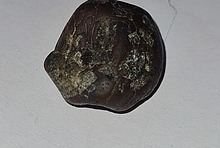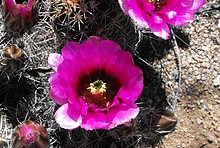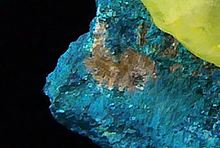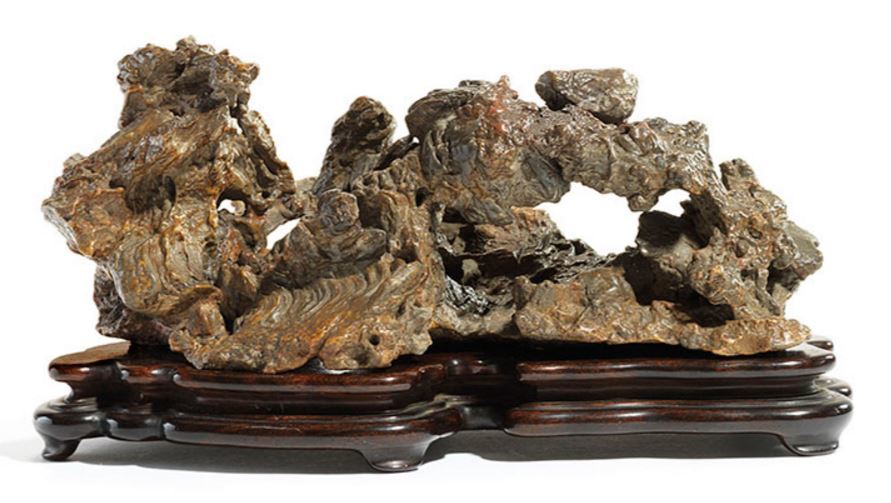Home PageAbout MindatThe Mindat ManualHistory of MindatCopyright StatusWho We AreContact UsAdvertise on Mindat
Donate to MindatCorporate SponsorshipSponsor a PageSponsored PagesMindat AdvertisersAdvertise on Mindat
Learning CenterWhat is a mineral?The most common minerals on earthInformation for EducatorsMindat ArticlesThe ElementsThe Rock H. Currier Digital LibraryGeologic Time
Minerals by PropertiesMinerals by ChemistryAdvanced Locality SearchRandom MineralRandom LocalitySearch by minIDLocalities Near MeSearch ArticlesSearch GlossaryMore Search Options
The Mindat ManualAdd a New PhotoRate PhotosLocality Edit ReportCoordinate Completion ReportAdd Glossary Item
Mining CompaniesStatisticsUsersMineral MuseumsClubs & OrganizationsMineral Shows & EventsThe Mindat DirectoryDevice SettingsThe Mineral Quiz
Photo SearchPhoto GalleriesSearch by ColorNew Photos TodayNew Photos YesterdayMembers' Photo GalleriesPast Photo of the Day GalleryPhotography
╳Discussions
💬 Home🔎 Search📅 LatestGroups
EducationOpen discussion area.Fakes & FraudsOpen discussion area.Field CollectingOpen discussion area.FossilsOpen discussion area.Gems and GemologyOpen discussion area.GeneralOpen discussion area.How to ContributeOpen discussion area.Identity HelpOpen discussion area.Improving Mindat.orgOpen discussion area.LocalitiesOpen discussion area.Lost and Stolen SpecimensOpen discussion area.MarketplaceOpen discussion area.MeteoritesOpen discussion area.Mindat ProductsOpen discussion area.Mineral ExchangesOpen discussion area.Mineral PhotographyOpen discussion area.Mineral ShowsOpen discussion area.Mineralogical ClassificationOpen discussion area.Mineralogy CourseOpen discussion area.MineralsOpen discussion area.Minerals and MuseumsOpen discussion area.PhotosOpen discussion area.Techniques for CollectorsOpen discussion area.The Rock H. Currier Digital LibraryOpen discussion area.UV MineralsOpen discussion area.Recent Images in Discussions
GeneralOldest mineral specimens?
27th Nov 2016 15:54 UTCReiner Mielke Expert
What is the oldest documented mineral specimen still in existence?
I don't consider cut stones as mineral specimens that is a whole different subject. I am talking about specimens in their natural state collected with the intention of keeping them that way.
I think the oldest specimen would probably be in some European museum. It would be interesting to know what it is, when it was collected and by whom?
I guess there is a fine line between "specimens in their natural state collected with the intention of keeping them that way." and minerals that are in their natural state because they weren't able to cut them. So let me clarify. I mean specimens that where not collected for personal adornment so that would exclude uncut stones used as jewelry. I would also exclude minerals used in the adornment of buildings or objects such as swords, scepters, shields, chariots etc.
From Rob Woodside:
The idea of collecting minerals for intellectual purposes possibly dates to the Greeks. Aristotle asked Alexander to send him back plant specimens, so it would not be a stretch to do the same with rocks. Pliny probably had such a collection. It wasn't until the 18th century in Europe that the curiosity cabinets began collecting natural history objects in earnest. Lumps of ore were probably kept from a much earlier date to show the miners what to look for.
You are probably correct Rob but what I am asking for is an actual specimen. I am not wondering when or why specimens were collected. I would like to see a photo or drawing of an existing specimen with documentation. To make this more interesting, how about the oldest US specimen? Canadian specimen? English specimen? European specimen? Russian? etc. Off course Europe will a be a problem with all the boundary changes over the years.
27th Nov 2016 16:12 UTCDavid Von Bargen Manager
27th Nov 2016 16:18 UTCReiner Mielke Expert
27th Nov 2016 18:52 UTCPaul Brandes 🌟 Manager
27th Nov 2016 20:26 UTCReiner Mielke Expert

27th Nov 2016 21:01 UTCPaul Kendall
Regards,
Paul
27th Nov 2016 21:32 UTCReiner Mielke Expert
"There is a Roman collection of alpine quartz crystals in some museum in Europe (Austria?), so perhaps around 2,000 years ago?" That would seem to contradict a date of 1477.

27th Nov 2016 22:15 UTCGerhard Brandstetter Expert
https://de.wikipedia.org/wiki/Stadt_auf_dem_Magdalensberg
Sorry - german only but with lots of photos including the mold for my gold bar.
And a photo from this quartz find:
https://commons.wikimedia.org/wiki/File:Magdalensberg_Bergkristall.jpg

28th Nov 2016 00:51 UTCBob Harman

28th Nov 2016 01:31 UTCAlfredo Petrov Manager
30th Nov 2016 13:16 UTCChristian Auer 🌟 Expert
The first hype for collecting minerals was way sooner. Sure, it was mainly a hobby for Nobles and the Cleric but it existed.
Last year I heard an interesting lecture about historic collections in Vienna, Austria. It was also shown how many percent of collectors were Nobles, Clerics, Military, Private, ... This changed dramatically within the centuries but the origins date back waaay longer.
One example that I just worked on. The Erasmus mine http://www.mindat.org/loc-16004.html was well known for collectors specimen and this dates back between 1780 and 1820! There existed three large collections (with specimen from other mines too of course). Mathias Mielichhofer, a mine official http://www.biographien.ac.at/oebl/oebl_M/Mielichhofer_Mathias_1772_1847.xml as well as Freiherr Karl von Moll https://de.wikipedia.org/wiki/Karl_von_Moll and Bergrath Schroll. Its a pitty that we don`t have pics from those collections here on mindat.

30th Nov 2016 13:32 UTCAlfredo Petrov Manager
We "western" collectors have a tendency to be rather eurocentric. If we look at other parts of the world, we'd probably find Asians (at least the Chinese) were collecting and studying minerals long before Europeans started. (Just a guess; I don't have information about old chinese mineral collections.)
30th Nov 2016 15:45 UTCDavid Von Bargen Manager
With luck, every semester of the art season has a sleeper, some quietly excellent show just off the beaten path. This spring's contender is the wonderful, eccentric "Worlds Within Worlds: The Richard Rosenblum Collection of Chinese Scholars' Rocks." It features 80 examples of the beautifully textured, unusually shaped rocks collected as art by Chinese scholars as early as the Sung Dynasty (960-1279). Prized for their intimations of mountain landscapes, tigers or withered trees, such rocks were often distinguished by dramatic outcroppings and overhangs or deep furrows and were displayed on carved wood bases that were themselves minor works of art.
http://www.nytimes.com/1996/05/31/arts/art-review-old-chinese-rocks-rorschach-blots-in-3-dimensions.html
http://shimagata.tripod.com/srhist.htm
30th Nov 2016 16:13 UTCReiner Mielke Expert

30th Nov 2016 16:38 UTCTom Goodland




Mindat.org is an outreach project of the Hudson Institute of Mineralogy, a 501(c)(3) not-for-profit organization.
Copyright © mindat.org and the Hudson Institute of Mineralogy 1993-2024, except where stated. Most political location boundaries are © OpenStreetMap contributors. Mindat.org relies on the contributions of thousands of members and supporters. Founded in 2000 by Jolyon Ralph.
Privacy Policy - Terms & Conditions - Contact Us / DMCA issues - Report a bug/vulnerability Current server date and time: April 18, 2024 10:58:48
Copyright © mindat.org and the Hudson Institute of Mineralogy 1993-2024, except where stated. Most political location boundaries are © OpenStreetMap contributors. Mindat.org relies on the contributions of thousands of members and supporters. Founded in 2000 by Jolyon Ralph.
Privacy Policy - Terms & Conditions - Contact Us / DMCA issues - Report a bug/vulnerability Current server date and time: April 18, 2024 10:58:48












